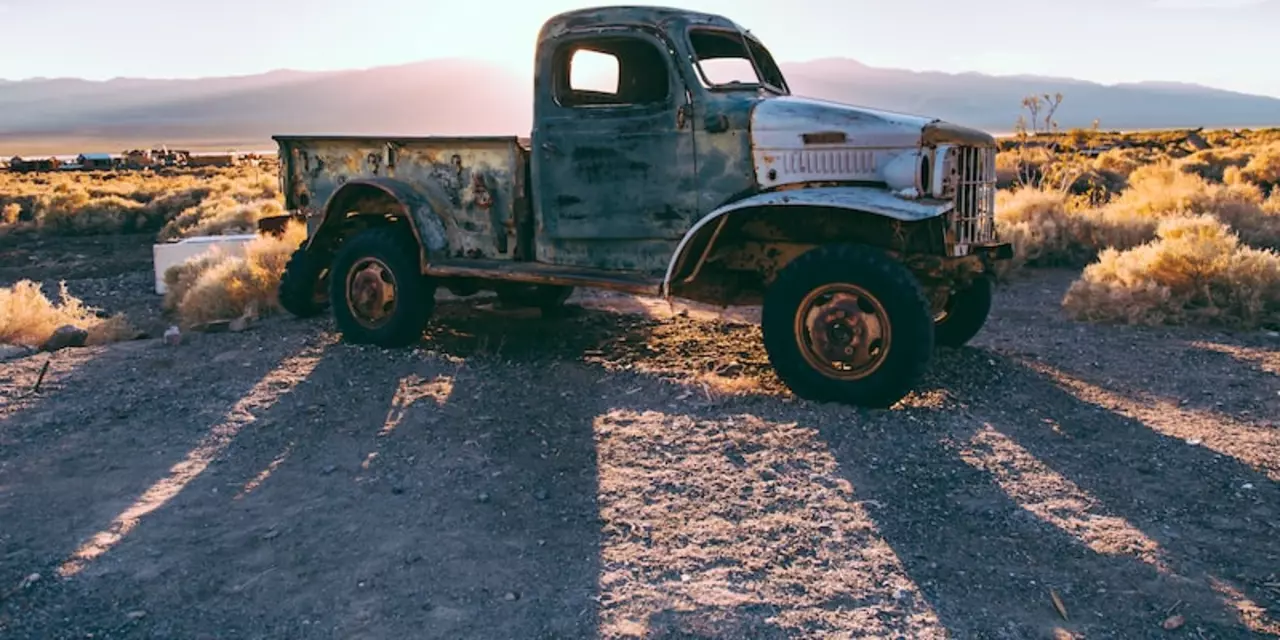Restoration Tips for Your Ford
If your Ford looks a little tired, you don’t need a garage full of experts to bring it back. A few smart moves can make a big difference, and you can do most of them yourself. Below you’ll find a clear path from a quick check to a full‑blown restoration.
Start with the Basics: Inspection and Planning
First thing – walk around the car and note anything that looks wrong. Check the lights, tyre tread, and fluid levels. Write down each issue; this list becomes your roadmap and saves you from forgetting parts later.
Next, decide how far you want to go. Do you need just a safety tune‑up, or are you aiming for a showroom finish? Setting a goal helps you budget time and money. For a beginner, a modest goal like “clean the engine bay and freshen the paint” is realistic.
Gather the right tools before you start. A basic socket set, screwdrivers, a torque wrench, and some cleaning supplies cover most tasks. You don’t have to buy expensive kits; many local auto parts stores rent tools for a day.
Key Projects: Engine, Body, and Interior
Engine health is the heart of any restoration. Change the oil, replace the oil filter, and check the air filter. If the engine runs rough, consider a spark‑plug swap and a fuel‑system cleaner. These cheap steps often restore power without disassembly.
For the body, start with a thorough wash and a quick clay bar treatment to remove embedded grime. Small dents can be hammered out with a body‑hammer and dolly. If rust shows up, sand it down to bare metal and apply a rust‑inhibiting primer before repainting. A single‑stage paint with a clear coat gives a durable finish without multiple layers.
The interior often feels neglected. Vacuum seats, carpets, and under the dash. A fabric cleaner revives cloth, while a leather conditioner brings back shine on leather trims. Replace worn out floor mats and consider a small dash‑cover to protect plastic surfaces.
Don’t forget the electrical system. Test the battery, clean terminal clamps, and check all fuses. A weak battery can make the whole car feel sluggish, and a loose fuse can cause mysterious errors.
Finally, run a short test drive. Listen for strange noises, feel the brakes, and watch the gauges. If something still feels off, note it and address it before you call the project finished.
Restoring a Ford is a mix of patience and practical steps. By starting with a solid inspection, planning your scope, and tackling engine, body, and interior in that order, you’ll see progress fast and keep costs low. Keep your list updated, use the right tools, and enjoy the feeling of a car that looks and runs like new.
